December 6
Serbia’s planned energy sector reforms impact retail prices
The electricity and natural gas prices in Belgrade increased in November by 7% and 9%, respectively. This marks the third instance this year where residential customers have faced increases in both energy commodities, following those in January and May, resulting in a total year-over-year surge of 24% for electricity and 31% for gas.
The price hikes can be attributed to Serbia’s commitment to the International Monetary Fund (IMF) to adjust electricity and gas prices by May 2024, facilitating the government’s intention to implement the national energy and climate plan (NECP). The NECP includes various investments in Serbia’s energy sector and aims to complete the unbundling of state-owned power utility Elektroprivreda Srbije (EPS) and natural gas utility Srbijagas. Furthermore, the consecutive price increases are deemed necessary for energy utilities to retrieve losses that have been accumulated during a period when prices in Europe soared due to the energy crisis. During this period, utilities were forced to import energy to address domestic production challenges. The utilities' cost recovery will bolster the planned reforms focusing on energy security and efficiency.
Prior to 2023, from the onset of the energy crisis until the end of 2022, price increases in the country were limited. Especially with regards to the electricity market, the surge that was observed across Europe was not passed on to residential consumers in Serbia. Additionally, considering the recent developments, Serbia ranks among the least expensive European countries for both electricity and gas.
To ease the burden on the most vulnerable energy consumers, the government intends to preserve the existing protection system, providing lower tariffs for vulnerable customers up to a specific consumption limit.
Authors:
Ioannis Korras,
Senior Energy Market Analyst
Sources:
[1] Balkan Green Energy News: “Serbia promises to IMF it would raise electricity, natural gas prices by up to 30%”, 21.12.2022
[2] AERS: “NEW PUBLIC SUPPLY NATURAL GAS PRICES”, 21.09.2023
[3] BNN: “Winter Chill: Serbia Faces Rising Costs of Electricity and Gas from November”, 01.11.2023
